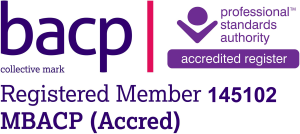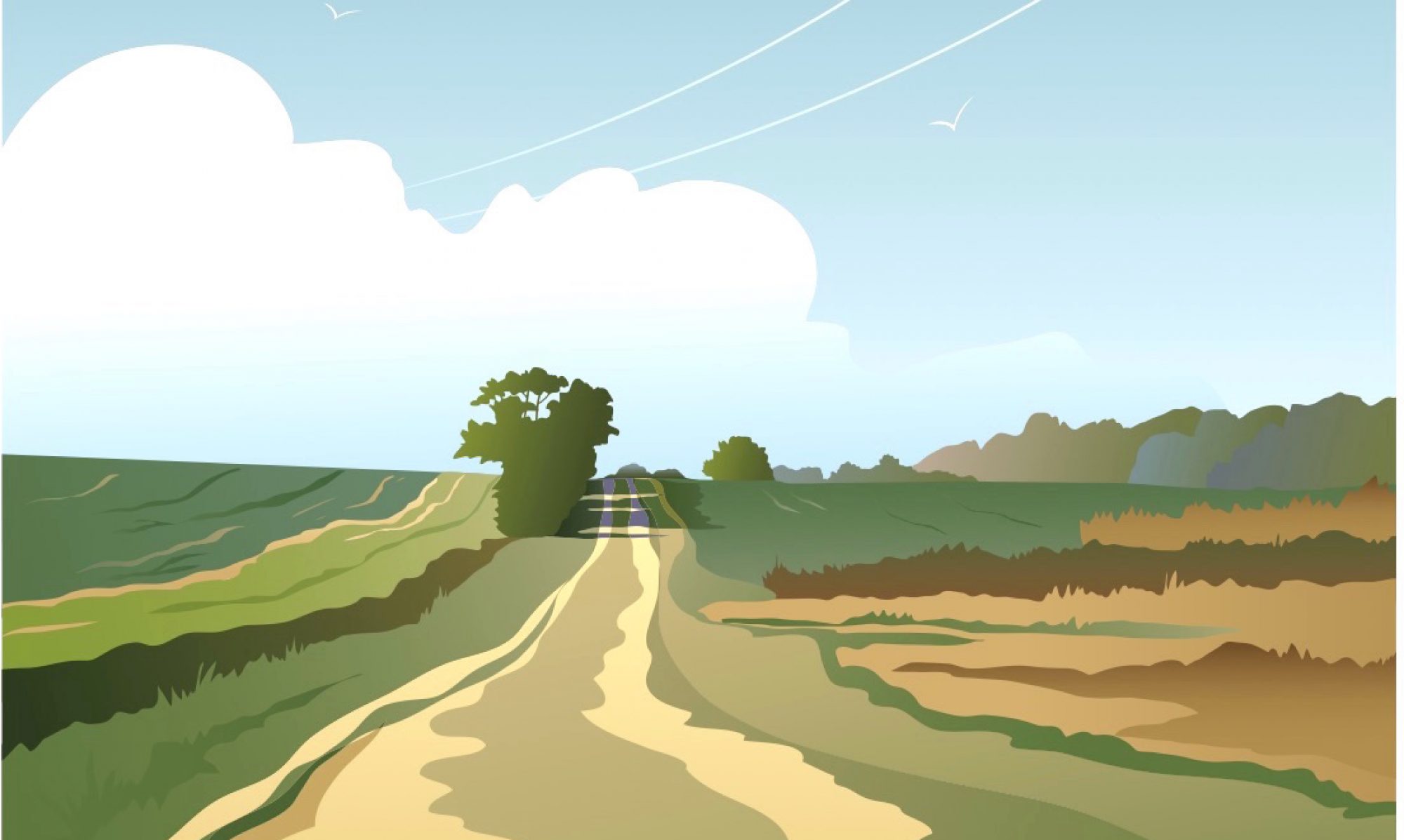Counselling Approach
 As babies and children, our survival depends on our connection (attachment) to our primary caregivers. To ensure our needs are taken care of, it is necessary we adapt our behaviour to the environment we grow up in. Our authentic self is often compromised to stay ‘close’ to our caregivers. As we become adults, these coping behaviours (adaptations) are often not relevant or even appropriate to our now ‘grown-up’ situation.
As babies and children, our survival depends on our connection (attachment) to our primary caregivers. To ensure our needs are taken care of, it is necessary we adapt our behaviour to the environment we grow up in. Our authentic self is often compromised to stay ‘close’ to our caregivers. As we become adults, these coping behaviours (adaptations) are often not relevant or even appropriate to our now ‘grown-up’ situation.
By taking time to notice your thinking habits, body sensations and feelings in the here-and-now, we can explore the hidden drives and forces, learnt from early relational dynamics and past trauma. By bringing into awareness the unconscious patterning learnt from the past, enables you to make new choices and to live a life more aligned with your authentic self.
Note: It is important to appreciate the original reaction – traumatic or otherwise – was an appropriate, adaptive, survival response. It is outside of our awareness – it was what we had to do at the time.
HOW DO I WORK?
I work holistically using a variety of techniques as no single approach is appropriate for everyone.
(For a more comprehensive explanation of each modality please see synopsis of approach
I have a Diploma in Humanistic Integrative counselling including:
Person Centered Therapy
Gestalt Therapy
and Transactional Analysis.
I have an additional three year training in Voice Dialogue, from the Blagden Insitute in Dorset. Most people recognise inner dialogues taking place within themselves. Quite often, these selves can cause inner tension, split feelings and doubt. Voice Dialogue is a powerful and non-judgmental method for guiding people towards a better understanding of their inner urges and motives.
TRAUMA
As a therapist, I am committed to learning the latest developments in healing trauma. Traditional psychotherapy works by exploring how the cognitive mind makes sense of the self in relation to the world. Because trauma is a survival response based on how our autonomic nervous system responds to threat, the cognitive brain is shut down and the emotional brain is activated (fight and flight) or the reptilian brain (freeze), depending on our capacity to manage the encountered threat. However because the emotional and reptilian brains don’t carry an episodic ‘time code’ in the same way the cognitive brain does, when the traumatic memory is re-triggered it feels like the trauma is happening again in the here and now, rather than being understood as something which happened in the past. The body behaves as though it is still under threat, and the rational mind doesn’t understand why. To work with traumatic stress, it is vital to understand the difference between top down (thinking mind) and bottom up (fight/flight/freeze) regulation.
As neurologist Antonio Damasio puts it, “the mind is embodied, not just embrained”.
ART THERAPY
I have a Person Centred Art Therapy Certificate and when appropriate use creative techniques, including art imaging and sand-tray in my counselling practice.
“Images, like dreams, tap into the world of spontaneous knowing, nothing to do with thoughts.”
Liesel Silverstone, Art Therapy The Person Centred Way (1993)
WHAT IS SAND-TRAY?
 Using the Sand-tray, you can set up a world, by means of figures/objects and the arrangement of the sand, in the sandbox, that represents what is going on for you in both your outer and inner state. In this manner, through free, creative play, unconscious processes are made visible in a three-dimensional form.
Using the Sand-tray, you can set up a world, by means of figures/objects and the arrangement of the sand, in the sandbox, that represents what is going on for you in both your outer and inner state. In this manner, through free, creative play, unconscious processes are made visible in a three-dimensional form.

